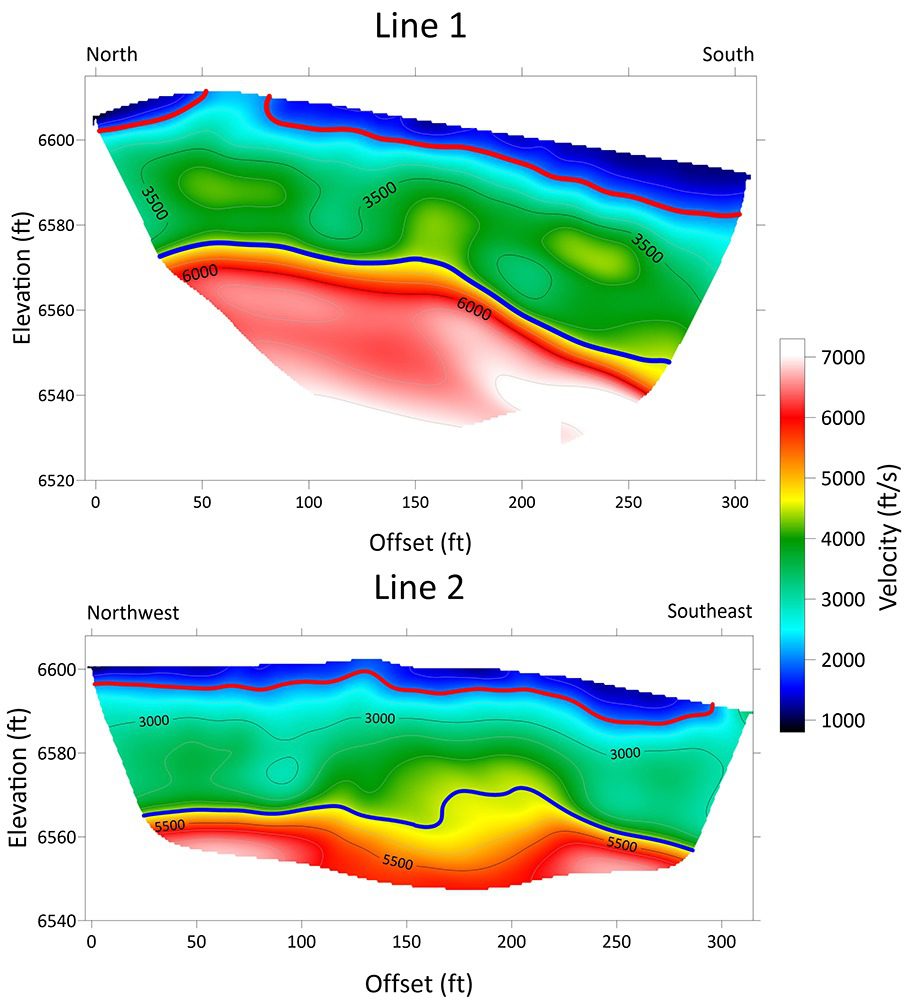
The first includes two "polluter" locations and a wind direction (in degrees, north is 0) for each.

You can then use basic trig to calculate distances and slopes.īefore trying to formulate a solution using geographic coordinates, I will create two demonstration datasets. If you use the default projection (Web Mercator), you will be working with a map where lines of constant bearing are represented as straight lines. You can sidestep the issue by converting geographic coordinates (latitude and longitude) to planar coordinates using geo2xy (from SSC). Conversely, if you travel in a straight line using the shortest path between two points, your bearing will constantly change as you make progress towards your destination. You can follow a line of constant bearing (using a compass) but that's not the shortest path unless you are headed due North or South. The concept of direction is a also a bit difficult to grasp when it relates to geographic coordinates.
#GEOGRAPHIC DISTANCE GEODIST STATA JOURNAL HOW TO#
This sounds pretty complicated to achieve and I have no suggestion on how to go about creating such polygons. You would then use geoinpoly (from SSC) to identify points of interest that fall within these plume polygons. Presumably, time affects the progression and expansion of pollution plumes so intuitively, a solution would most likely require forming polygons that define the borders of each plume.

I'm a bit reluctant to give advice because the vagueness on what should be considered downwind from the pollution source.


 0 kommentar(er)
0 kommentar(er)
